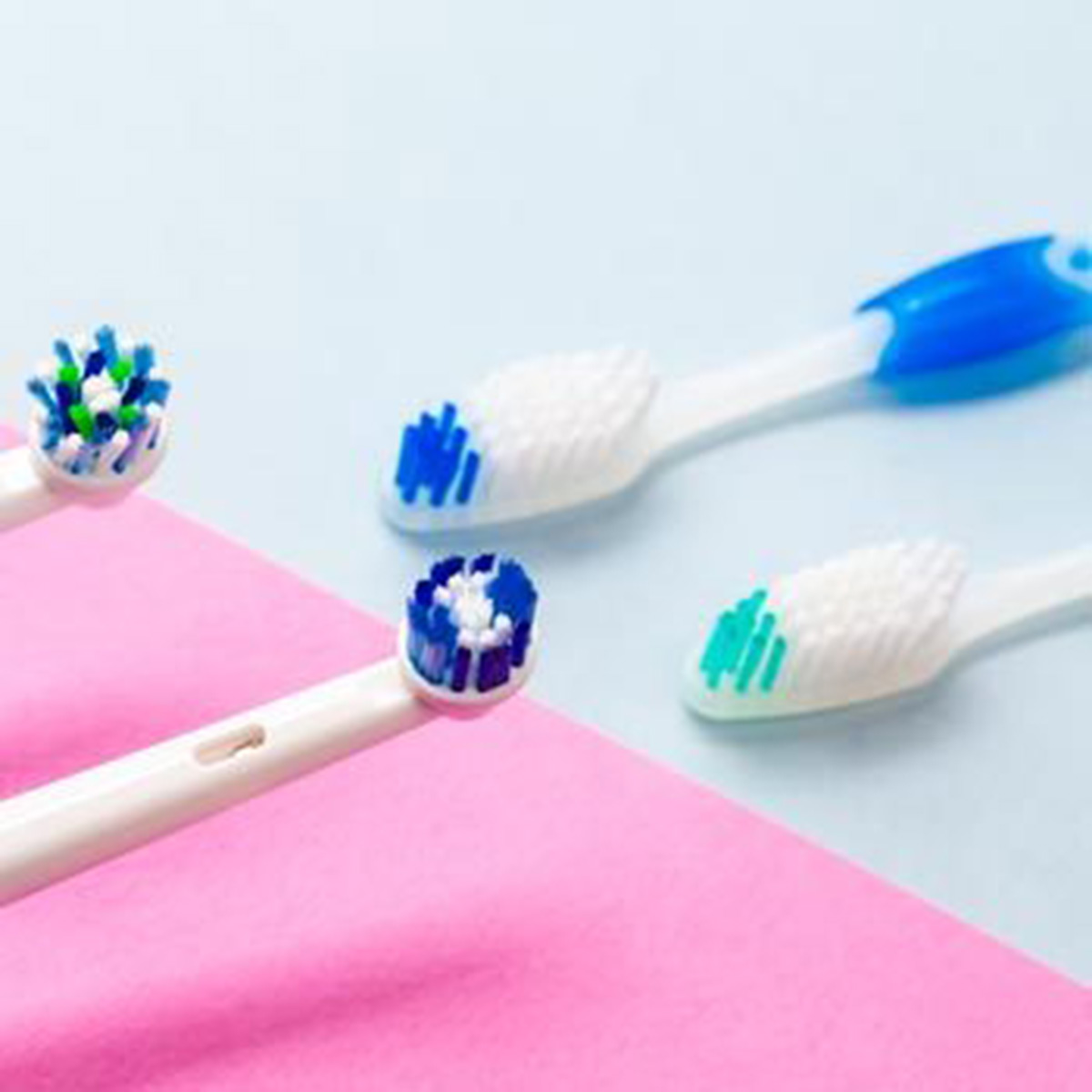

02
Aug
Electric VS Manual Toothbrushes

A toothbrush is essential for your oral hygiene as part of maintaining your oral health, be it manual or electric. The debate about which of the two is a better toothbrush can make it hard to choose the right toothbrush.
Although both toothbrushes can effectively eradicate the plaque responsible for tooth decay and gum disease, each toothbrush has its unique benefits and disadvantages. It is a good idea to do your research in order to enjoy maximum benefits. Read on to find out the pros and cons of electric and manual toothbrushes to help you make an informed choice.
Electric Toothbrush Pros
Electric toothbrushes either vibrate or oscillate to remove plaque from your teeth and gums. Here are the advantages of electric toothbrushes:
- Highly Effective at Removing Plaque: According to research, electric toothbrushes are better at removing plaque and gingivitis than manual toothbrushes. Oscillating toothbrushes are especially good at removing plaque compared to their vibrating counterparts.
- Perfect for People with Limited Mobility: If you suffer from conditions like arthritis or developmental disabilities, an electric toothbrush is ideal. You don’t have to strain to brush your teeth as the toothbrush does most of the work for you. They are also easier to use for kids.
- They Come with Timers: You should brush your teeth for at least two minutes to achieve a proper clean. Electric toothbrushes come with timers that tell you how long you should clean every section of your mouth. This allows you to attend to every part of your mouth long enough to get rid of plaque.
- Variety: Electric toothbrushes come in two types, the ones with a replaceable head and those for single use. Toothbrushes with a replaceable head mean you don’t have to dispose of the entire toothbrush, leading to less waste. Kids’ toothbrushes come in a wide range of colors and shapes, while others even play music when the timer goes off.
Generally, an electric toothbrush is much more beneficial compared to a manual toothbrush. It also enhances the overall experience of brushing your teeth and can help you become more focused.
Electric Toothbrush Cons
Despite the numerous benefits of electric toothbrushes, they also have their downsides. One of the main disadvantages of electric toothbrushes is the cost. They are more expensive compared to manual toothbrushes, making them less accessible to everyone.
Electric toothbrushes are also fragile and require a lot of care to prevent damage. Although you have to charge them, overcharging, dropping, or damaging the batteries can mean the end of your electric toothbrush. It may also be cumbersome having to charge them regularly as you can easily forget.
Manual Toothbrush Pros
Manual toothbrushes are the most common type of toothbrushes. Below are the benefits of using a manual toothbrush.
- Affordable: Manual toothbrushes are highly affordable and readily available. You also don’t have to buy separate parts as in the case of replaceable electric toothbrushes. You can always get a free toothbrush at the dentist during your biannual dental checkup.
- No Charging: You only need your toothbrush and toothpaste to clean your teeth. There is no need for extra accessories like batteries or chargers. Manual toothbrushes are ideal for travelers as you can use them whenever you need to.
- Variety: Manual toothbrushes come in a variety of shapes, colors, and sizes. The bristles also vary in softness. You have numerous options to choose from, and you can easily find the right toothbrush for you.
With the right technique, you can effectively clean your teeth and prevent tooth decay and gum disease while using a manual toothbrush.
Manual Toothbrush Cons
Despite the affordability of manual toothbrushes, they also have their disadvantages. Manual toothbrushes require more effort than electric toothbrushes to create the motion necessary for a proper clean. Since a manual toothbrush requires effort, it may not be ideal for people with mobility challenges.
Since manual toothbrushes don’t have timers, you have to time your brushing yourself to avoid brushing less than the necessary time. With a manual toothbrush, you also run the risk of brushing too hard, which may damage your teeth and gums.
When to Replace Your Toothbrush
Replacing your toothbrush ensures minimal bacteria buildup and ensures that you only use it while the bristles are still functional. It is advisable to replace your toothbrush every three months. If you are sick, you should replace it more often to prevent the build-up of bacteria and re-infection
Also, consider getting a new brush if you notice that your bristles are frayed, as it makes your toothbrush ineffective. For an electric toothbrush, you may only have to replace the head instead of the entire toothbrush.
The Bottom Line
The choice of toothbrush boils down to personal preference. However, the above information can help you make the right decision depending on your needs. Note that both toothbrushes are highly effective in maintaining your oral hygiene if you use them correctly.
The post Electric VS Manual Toothbrushes first appeared on Dental Signal.
